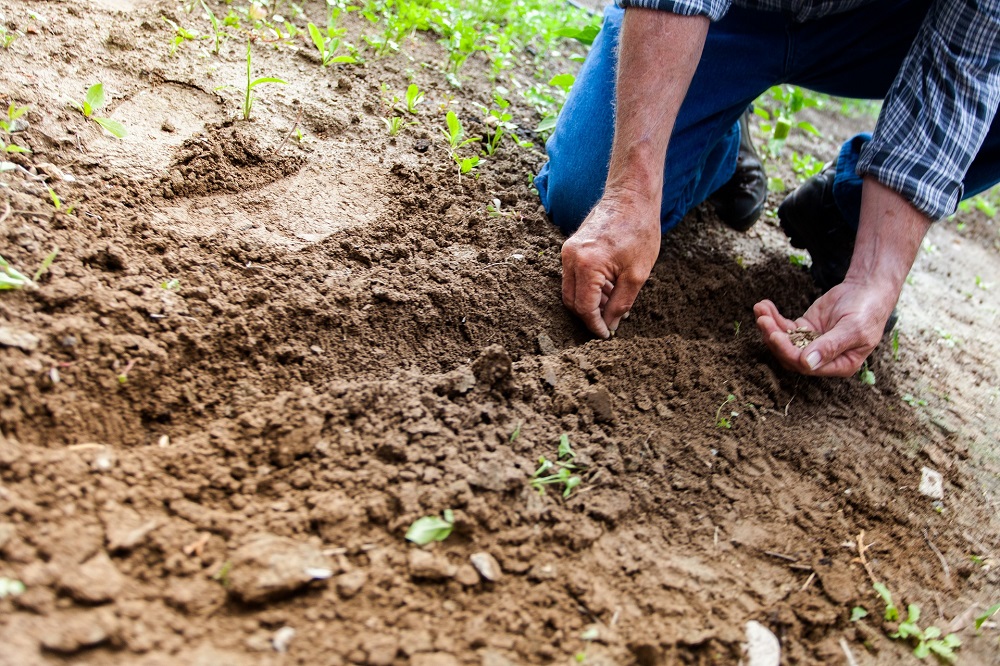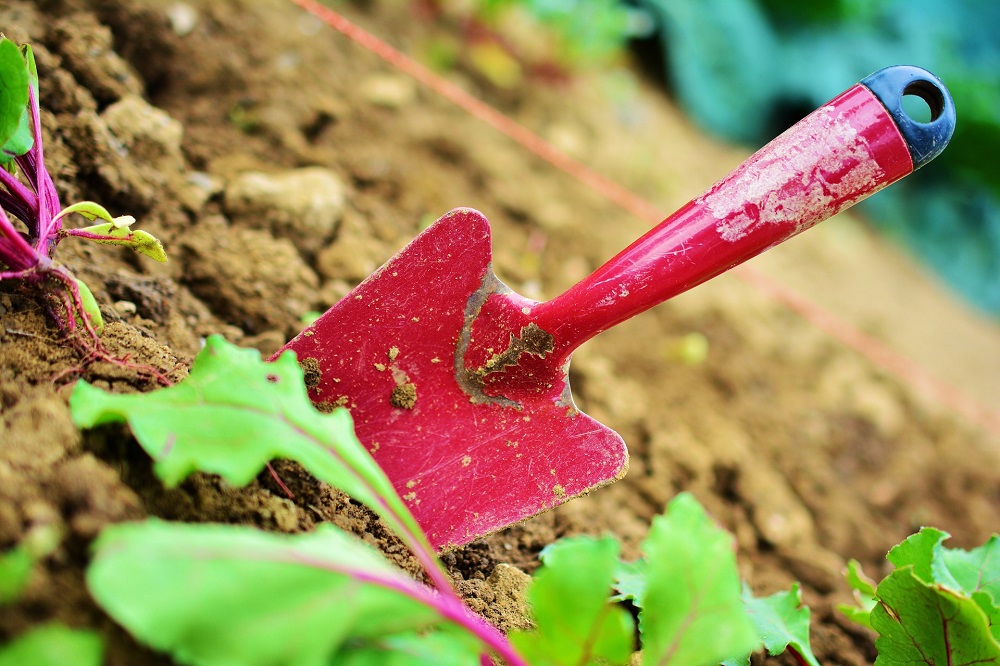Soil is that matter which braces plants in their natural habitat. Soils are classified on many bases depending upon their color, profile, texture, structure and composition. Each soil type is uniquely formed. If you are planning to grow a beautiful and flourishing garden, it is important to consider what type of soil supplies you are using. Wrong soil supplies will completely ruin your garden. Each type of soil has its composition of minerals, organic and inorganic matter which determines what plants can be grown in it successfully. You can perform simple tests to determine the type of soil before planting.
- The water test – This is the simplest method. If the soil drains quickly then the soil is expected to be sandy soil. Clay soils retain water for a longer duration.
- Squeeze test– After grabbing a handful of soil, squeeze it. If it crumbles apart immediately then it is sandy, and if it remains intact then it is clay, loamy or silt. If the soil feels spongy then it is peaty soil.
- Acid test– Soil supplies having pH between 6.5 and 7 is ideal for the growth of plants because minerals and nutrients thrive naturally in this level.
After testing the soil supplies, you can now determine its exact condition and then proceed to add fertilizers and chemicals accordingly to make it more fertile. It is better to consult with a reliable landscape designer in this regard and they can help you to choose the best type of soils for your garden.
5 types of soil supplies needed in every backyard are as follows:
Loamy soil – This soil is the best of all soil supplies as it contains sand, silt, and clay. It is ideal for gardening. Loamy soil retains moisture, and it has great structure, adequate drainage, and full of nutrients.
Clay soil– it feels sticky when wet and hard when dry. Due to being poorly aerated, this soil is poor at drainage. Clay soil, when mixed with other soil supplies, becomes suitable for plant growth as it already remains rich in nutrients.
Sandy soil – this soil has poor water retention capacity, dries out fast. When organic matters are added to this soil, it becomes suitable for cultivation. Tulips, tree mallow, hibiscus, carrots, lettuce, strawberries grow well in sandy soils.
Silty soil – it feels soft, retains moisture and usually has nutrients. This is a great soil for your garden if drainage is provided and handled. It generally has to be mixed with organic fertilizers to enhance its drainage. Most vegetables and fruits grow well in this soil.
Peaty soil– this soil has the highest level of peat among all soil supplies. It is an acidic soil having fewer nutrients. Plants thrive well in peaty soil when blended with rich organic fertilizers, and you need to add compost and lime to lessen the acidity of this soil.
Neutral soil is generally preferred for the growth of plants. Enrich your soil with nutrients by adding organic matter such as compost and manure to improve its texture. Clay soils do not have fine structures and are not suitable for plants to grow. To make it suitable for plant, you need to add large quantities of well-rotted organic fertilizers. Make sure your soil contains three essential and vital nutrients, nitrogen, potassium and phosphorus. Plant green manure crops such as legumes, vetch, clover etc. at regular intervals. They fix the nitrogen back into the soil, improve aeration and drainage and increase organic matter. You can also introduce living organisms into your soil. They act as a catalyst in speeding up the composting process.


2 Comments
The soil you choose for your plants has a major impact on their health and for that it’s very important to know about the different types of topsoils. Your article helped me know and understand about the types of soils needed to grow a beautiful garden. Thank you and I’m looking forward to learning more from your articles.
The depth of this article blows me away! Transform your backyard into a lush oasis with these essential soil supplies! Whether you’re a seasoned gardener or just starting, having suitable soil is crucial for cultivating a thriving outdoor space. Let’s dig in! First, nutrient-rich topsoil lays the foundation for healthy plant growth, while compost adds a natural fertility boost. Don’t forget mulch, a multitasking marvel that conserves moisture and deters pesky weeds. Consider potting mix for container gardens and sandy soil for specialised needs for optimal drainage. With these five soil supplies, your backyard paradise is just a shovel away! Keep sharing such informative posts with us.